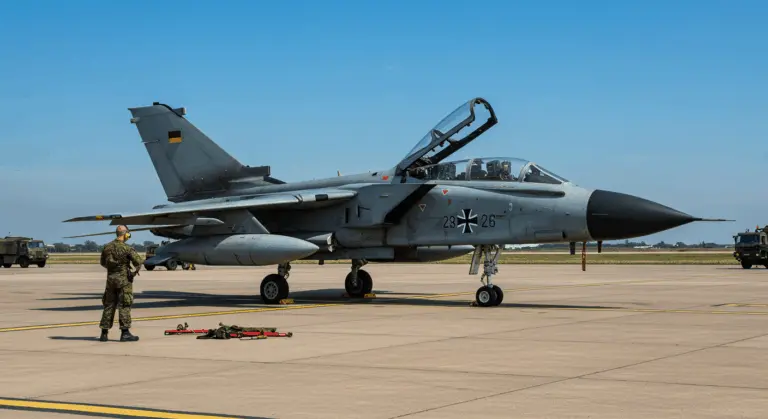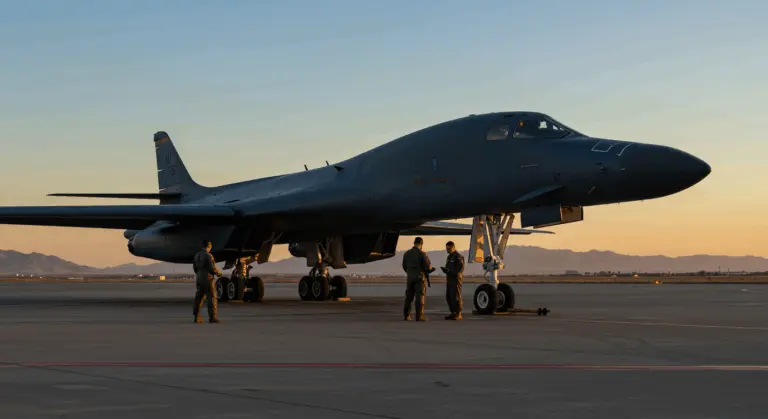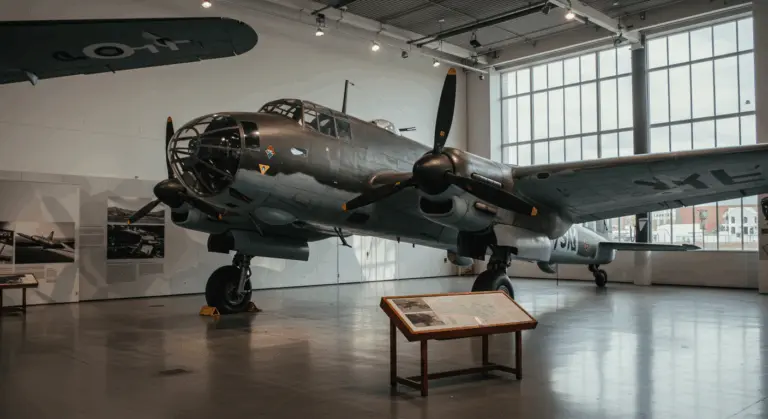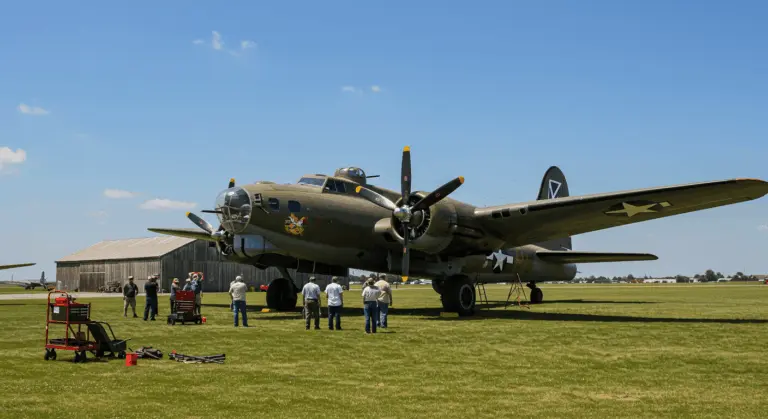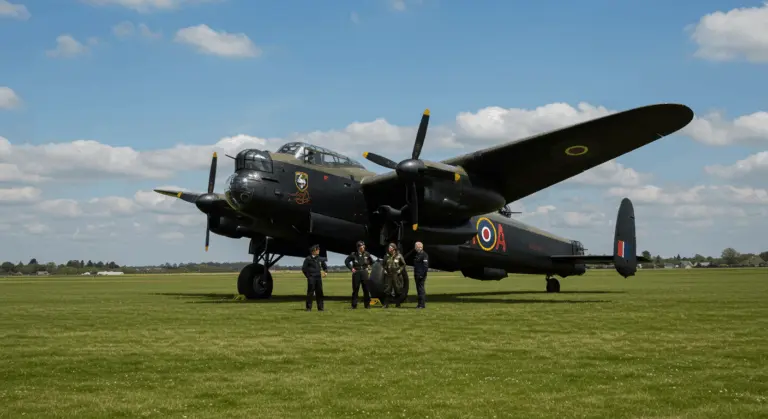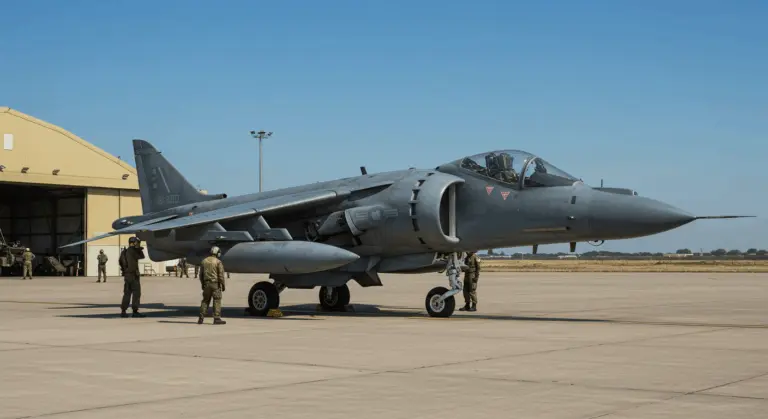Overview of the Junkers JU 88
The Junkers JU 88 stands as one of World War II’s most versatile combat aircraft—a twin-engined multirole marvel designed and produced by Germany’s Junkers Aircraft and Motor Works. This remarkable machine became the backbone of Luftwaffe air power throughout the conflict. Its adaptability across numerous combat roles was truly exceptional.
Originally conceived as a fast medium bomber, the JU 88 evolved into an aerial multi-tool, proving indispensable wherever the war raged. Its roles included:
-
Conventional bomber
-
Dive-bomber
-
Night fighter
-
Long-range reconnaissance platform
-
Anti-shipping attacker
-
Minelayer
Key specifications for a standard JU 88 included:
-
Wingspan: 65 ft 7.5 in (20 m)
-
Length: 47 ft (14.4 m)
-
Top Speed: 292 mph (470 km/h)
-
Cruising Speed: ~230 mph (370 km/h) with bomb load
-
Maximum Range: 1,700 miles (2,730 km)
Defensive armament typically consisted of six MG15 machine guns, while specialized variants carried more formidable weapons like 20mm or 50mm cannons. This combination of speed, range, and firepower made the JU 88 a dangerous adversary.
Design and Development of the JU 88
The Junkers JU 88’s development began in the mid-1930s as Germany’s rearmament program gained momentum. Chief engineer Ernst Index led development with an ambitious concept: create a high-speed bomber capable of outrunning enemy fighters. This philosophy reflected the era’s tactical thinking, which prioritized speed over defensive firepower.
The first prototype, JU 88 V1, took flight in December 1936, powered by twin Daimler-Benz DB 600 engines. Early test flights revealed promising performance. This success spurred further refinements in subsequent prototypes (V3, V4, and V5), which introduced significant improvements:
The JU 88’s airframe proved remarkably adaptable, allowing extensive modifications for specialized roles without sacrificing its core flight characteristics. This versatility became its greatest asset, ensuring relevance despite the war’s ever-changing combat requirements.
Development continued throughout the war. Later variants incorporated increasingly sophisticated features::
-
Extended wing tips and rectangular tail surfaces
-
More powerful engines
-
Sophisticated weapons systems, including rockets and guided missiles (in the Mister configuration)
-
Radar equipment and special camouflage for night operations
Specifications of the JU 88
The JU 88 underwent continuous evolution, with each variant adapted for specific roles. Take the JU 88A-4, one of the most common versions—it featured longer-span wings, a strengthened airframe, and more powerful Jump 211J engines to improve overall performance.
In bomber configuration, the JU 88 could haul up to 2,800 kg (6,173 lbs) of ordnance, depending on mission requirements. The standard four-man crew operated from a cramped yet functional cockpit:
The JU 88C fighter-bomber variant featured a solid metal nose replacing the bomber’s distinctive glass nose, accommodating forward-firing machine guns and cannons. This transformation enabled multiple mission profiles:
Operational History of the JU 88
The JU 88 made its combat debut in September 1939 during Poland’s invasion. As production ramped up, it swiftly became a Luftwaffe mainstay across all theaters. Its versatility proved invaluable to Germany’s military campaigns.
The aircraft’s operational effectiveness stemmed from its relatively benign handling characteristics and robust construction. Pilots praised its responsiveness and stability. Ground crews valued its maintainability under harsh field conditions. These qualities ensured high operational readiness rates even in difficult conditions.
As the war progressed, the JU 88 confronted increasingly capable Allied fighters and deadly anti-aircraft defenses. Yet despite these mounting challenges, continuous development and skilled aircrews kept it operationally relevant until May 1945. Few German aircraft could claim service from the war’s first day to its last.
Major Campaigns Involving the JU 88
The JU 88 participated in virtually every major Luftwaffe campaign of World War II. During the 1940’s Battle of Britain, JU 88 bombers conducted daylight raids against RAF airfields and British industrial targets. They suffered heavy losses to RAF fighters. As the air battle evolved, many units shifted to night bombing operations, reducing casualties significantly.
In the Mediterranean theater, the JU 88 played a key role in Crete’s invasion (May 1941) and Malta’s prolonged siege. Here, it excelled in combined air-sea operations, delivering close air support and striking naval forces effectively.
The North African campaign witnessed JU 88 units supporting Rommel’s Africa Corps through tactical bombing, reconnaissance, and anti-shipping strikes. Operating from bases scattered across Sicily, Crete, and North Africa itself, these aircraft kept constant pressure on Allied supply lines. Simultaneously, they provided invaluable intelligence on enemy movements throughout the Mediterranean.
The most challenging deployment came on the Eastern Front, where JU 88s operated against Soviet targets from June 1941 until war’s end. Here, aircraft faced brutal weather conditions and staggering operational distances while conducting bombing raids, ground attacks, and reconnaissance flights.
Variants of the Junkers JU 88
The JU 88 spawned an entire family of specialized variants, each tailored for distinct battlefield roles:
-
JU 88A: The primary bomber series. Early models had insufficient armor and defensive armament, which were improved in later versions.
-
JU 88B: A redesign with a new, extensively glazed forward fuselage that served as a prototype for the later JU 188.
-
JU 88C: A heavy fighter-bomber with a solid nose housing forward-firing weapons, used for long-range patrol, night attacks, and escort missions.
-
JU 88D: A reconnaissance version with specialized cameras and extended range.
-
JU 88G: A dedicated night fighter featuring extended wing tips, a rectangular tail, and a ventral gondola with four 20mm cannons.
-
JU 88H: A long-range reconnaissance and bomber variant.
-
JU 88P: An anti-tank platform equipped with heavy cannons.
-
JU 88R: A night fighter variant equipped with BMW engines.
-
JU 88S: A high-speed bomber with reduced defensive armament to save weight.
-
JU 88T: A high-altitude reconnaissance aircraft.
Legacy and Surviving Aircraft
Despite producing nearly 15,000 JU 88s, precious few survive today. Notable examples include:
The JU 88’s legacy extends beyond physical artifacts. Its reputation as an exceptionally versatile aircraft has secured a prominent place in military history. Design engineers still study its evolution for lessons on adaptable platform development.
The aircraft’s distinctive profile and historical significance have captivated scale modelers, aviation artists, and military history enthusiasts worldwide. Detailed documentation of various JU 88 variants enables accurate reconstructions and representations, preserving knowledge of this remarkable aircraft for future generations.
The JU 88’s most lasting contribution was demonstrating how fundamentally sound aircraft design can evolve to meet diverse operational requirements. This principle of adaptable platform development continues influencing military aircraft procurement and design philosophy today. The JU 88 remains more than a historical artifact—it exemplifies successful combat aircraft evolution.
Conclusion
Producing nearly 15,000 units, the JU 88 represented a major industrial triumph for wartime Germany. Its widespread deployment across all European theaters ensured it played a pivotal role in the air war, despite growing Allied air superiority.

